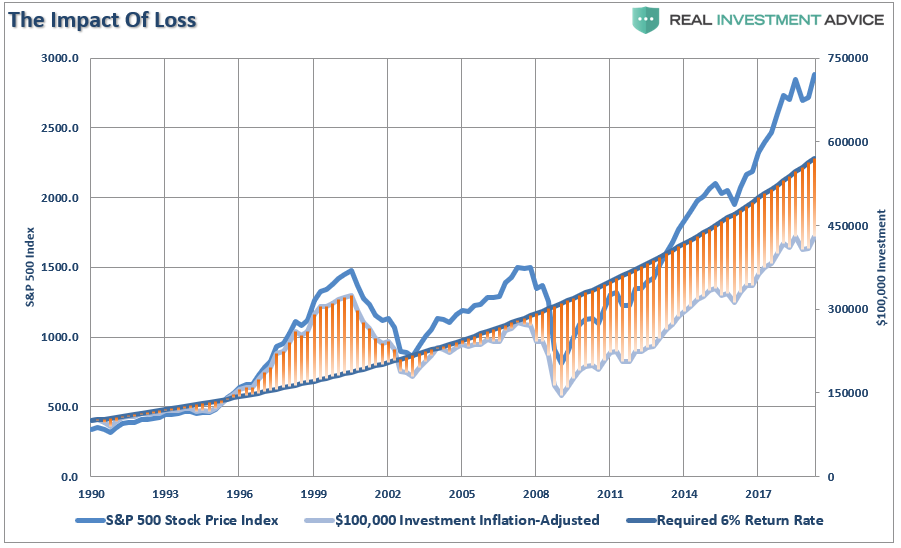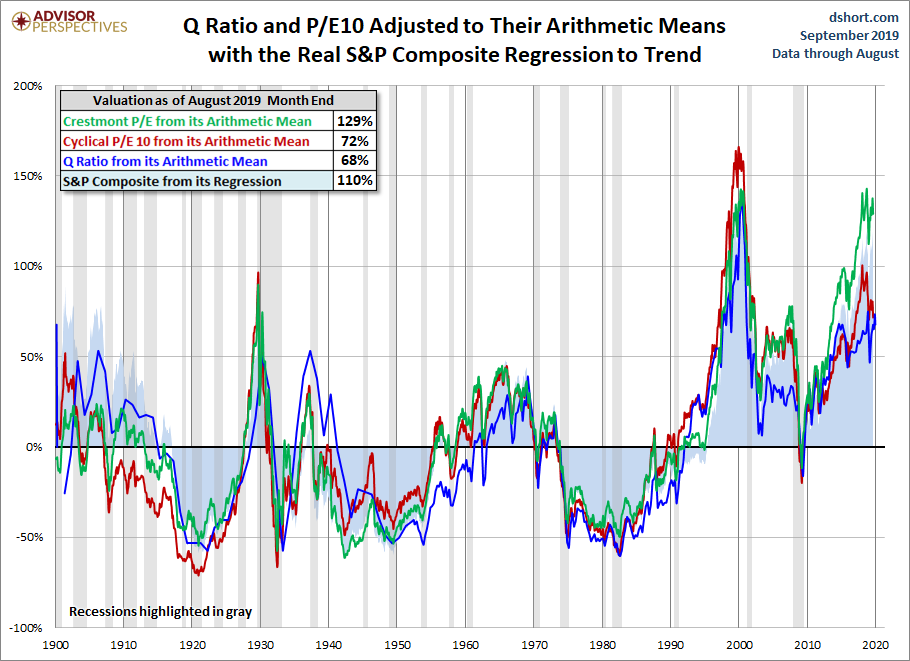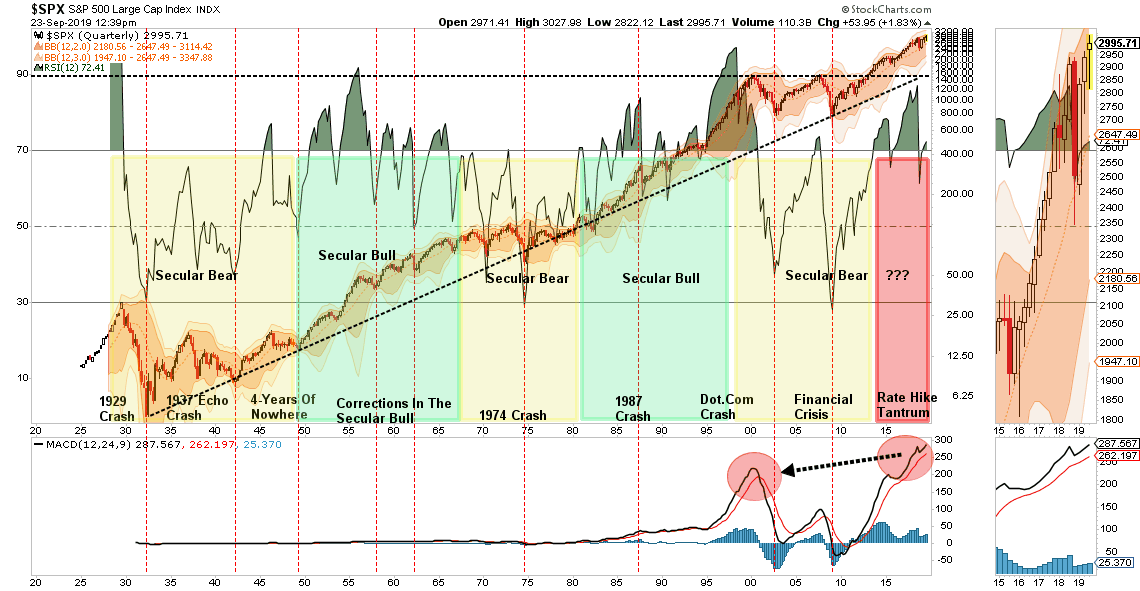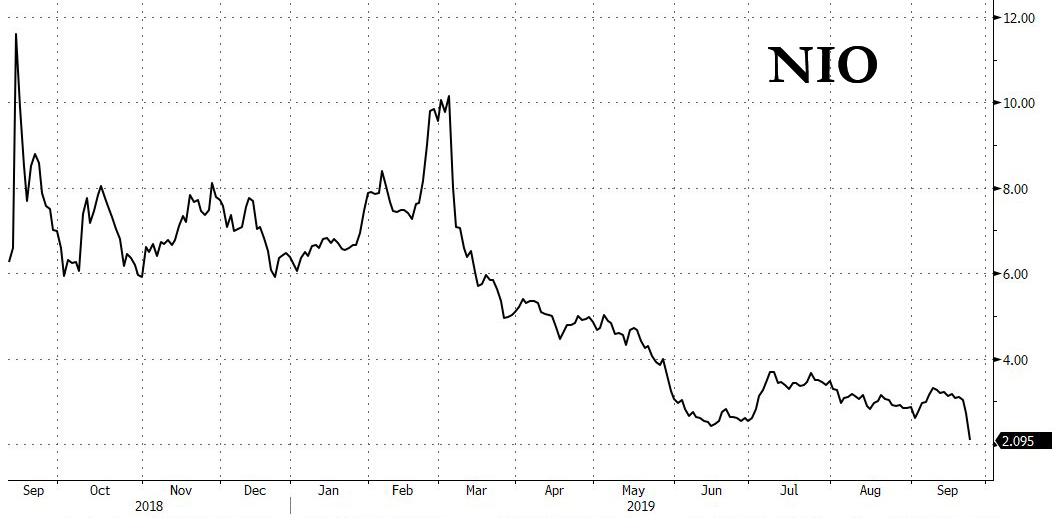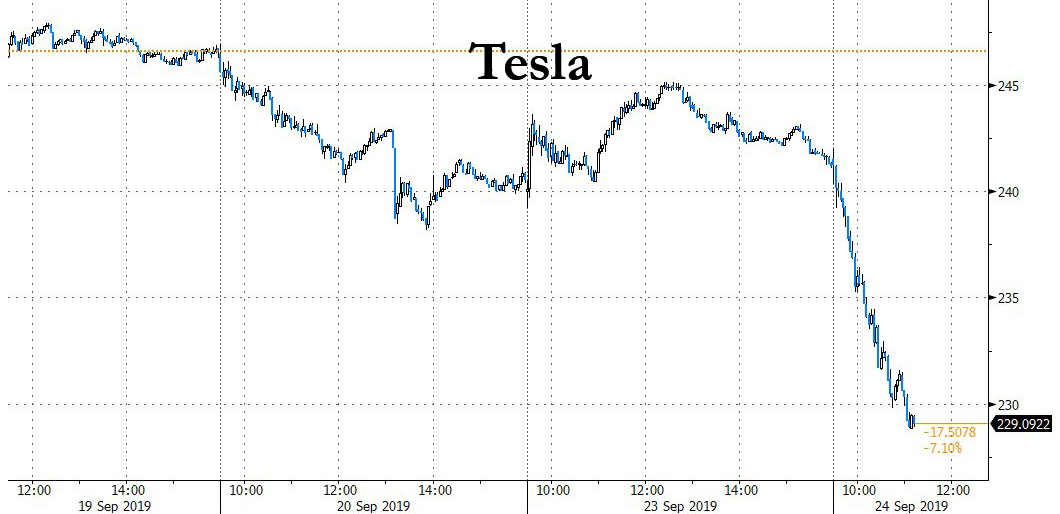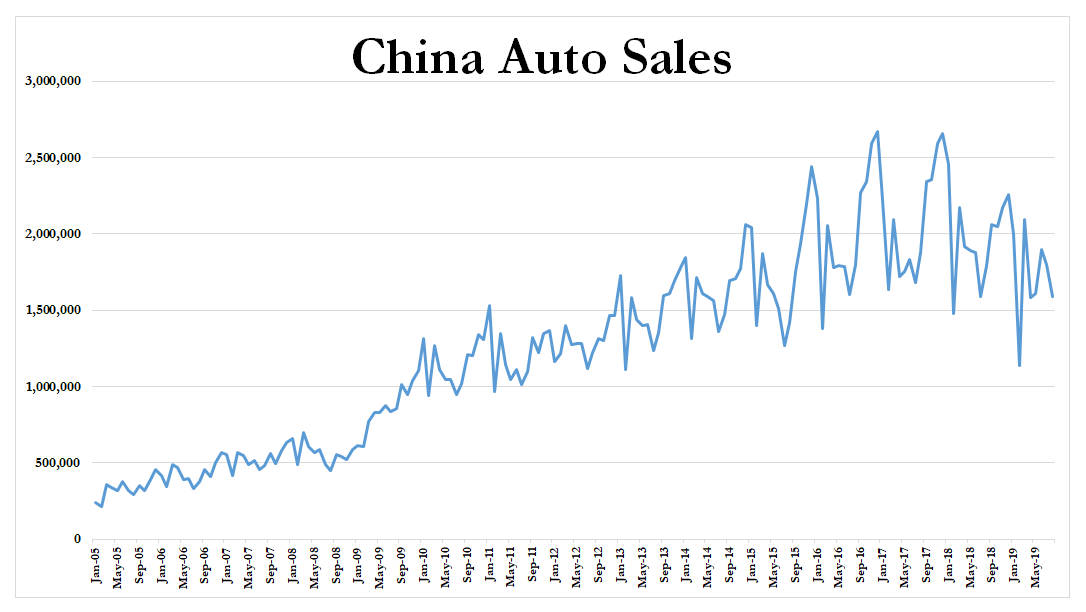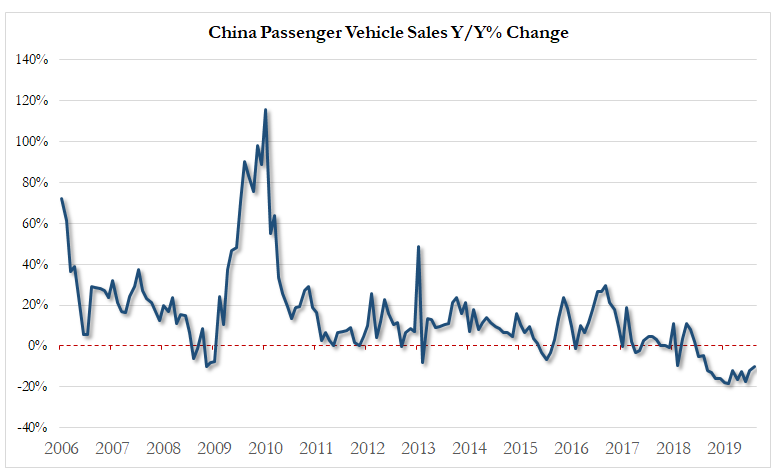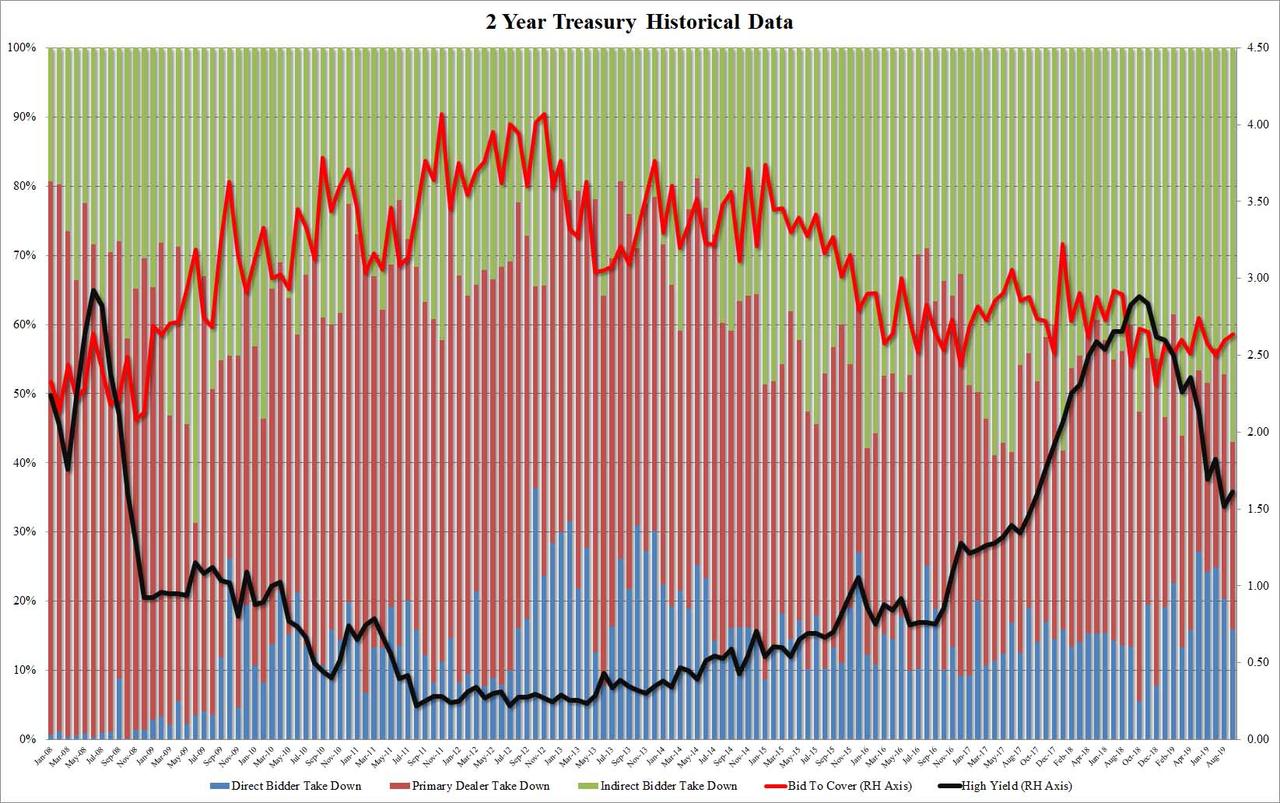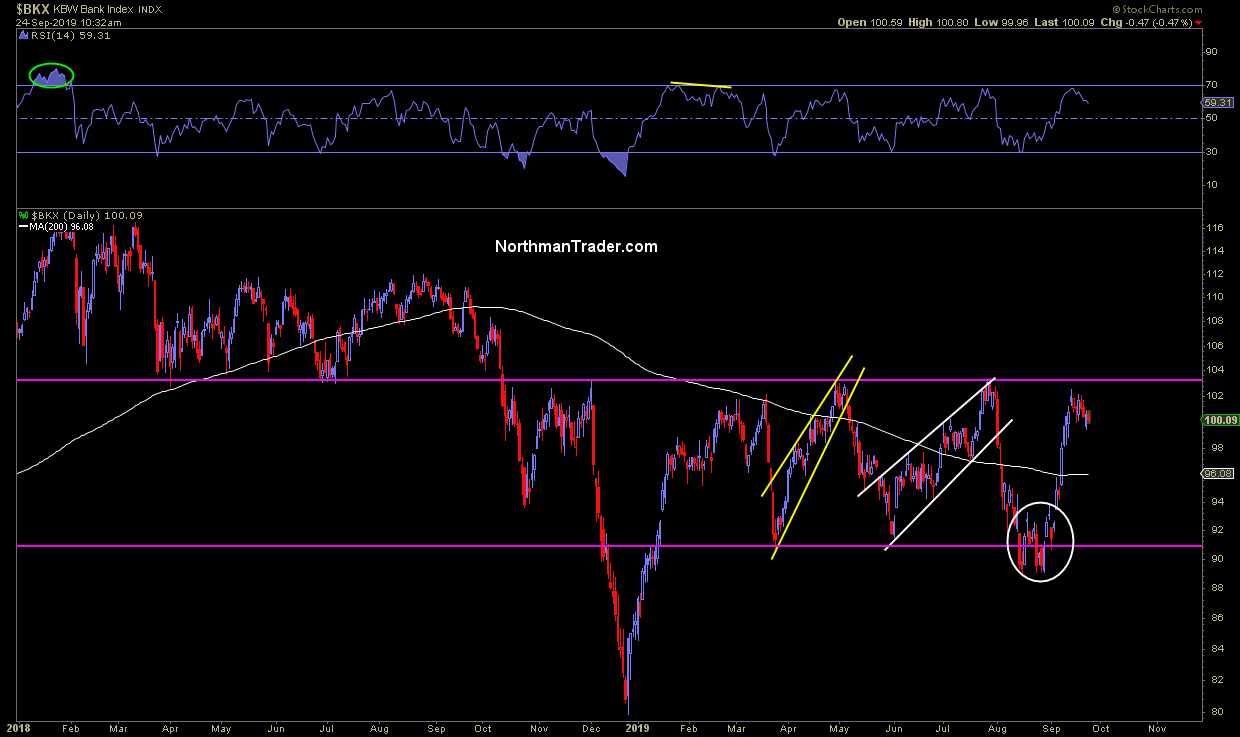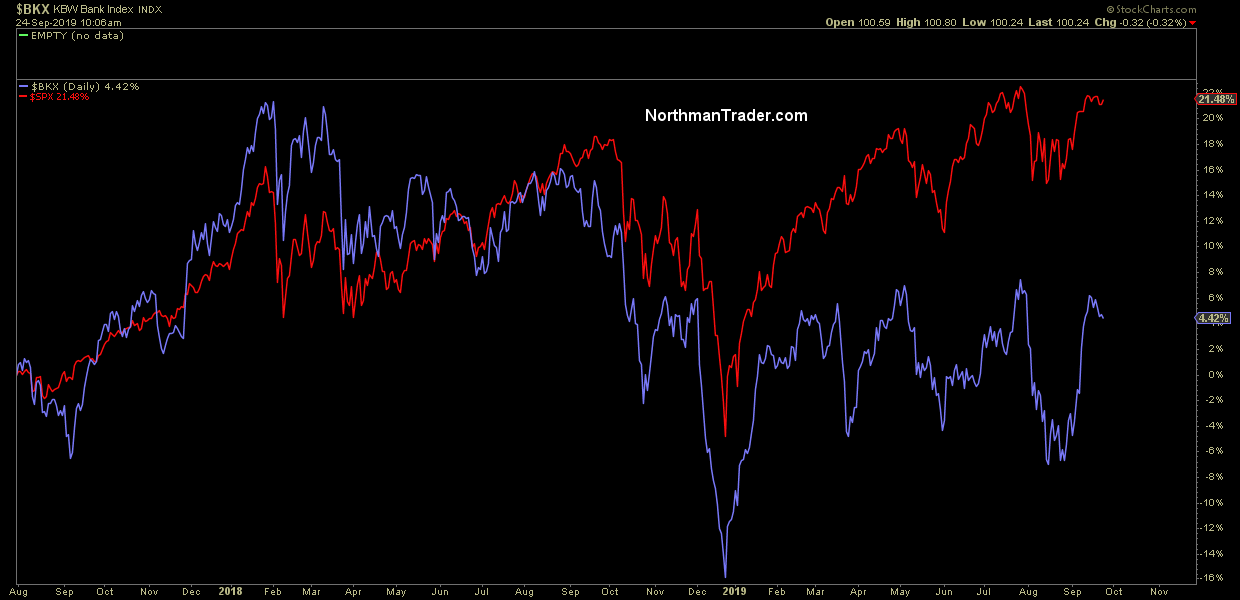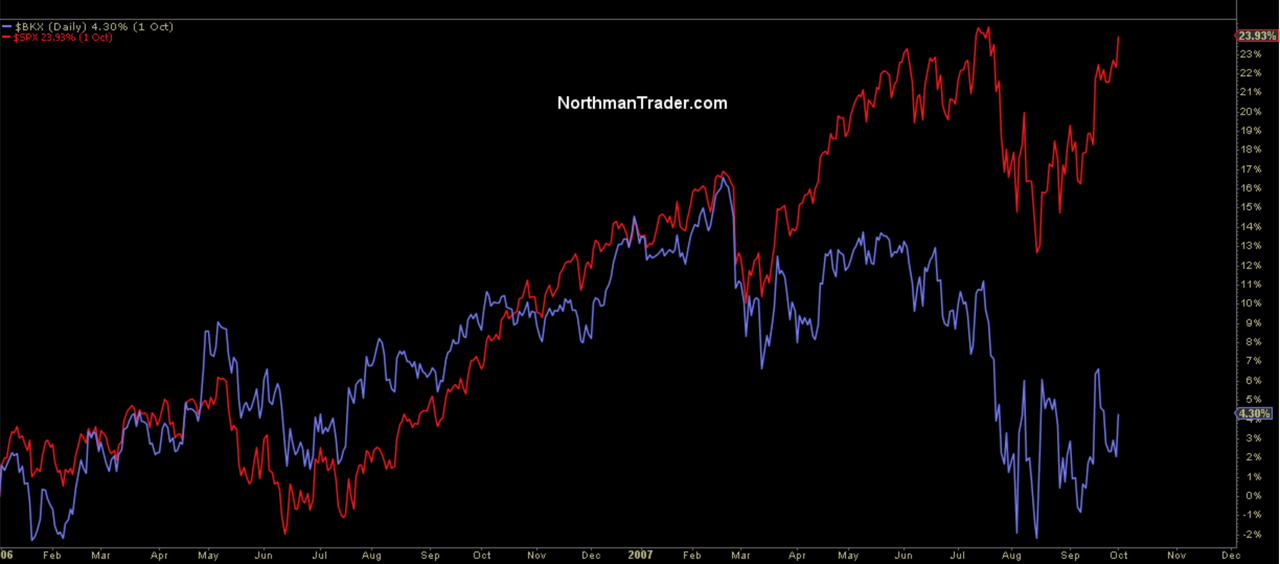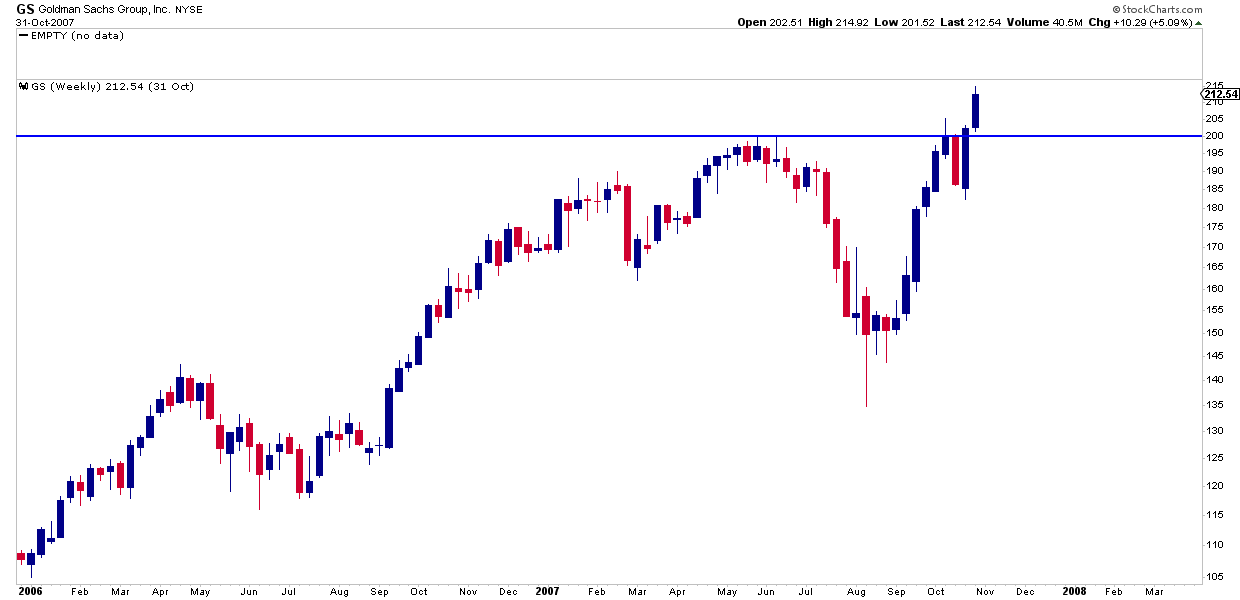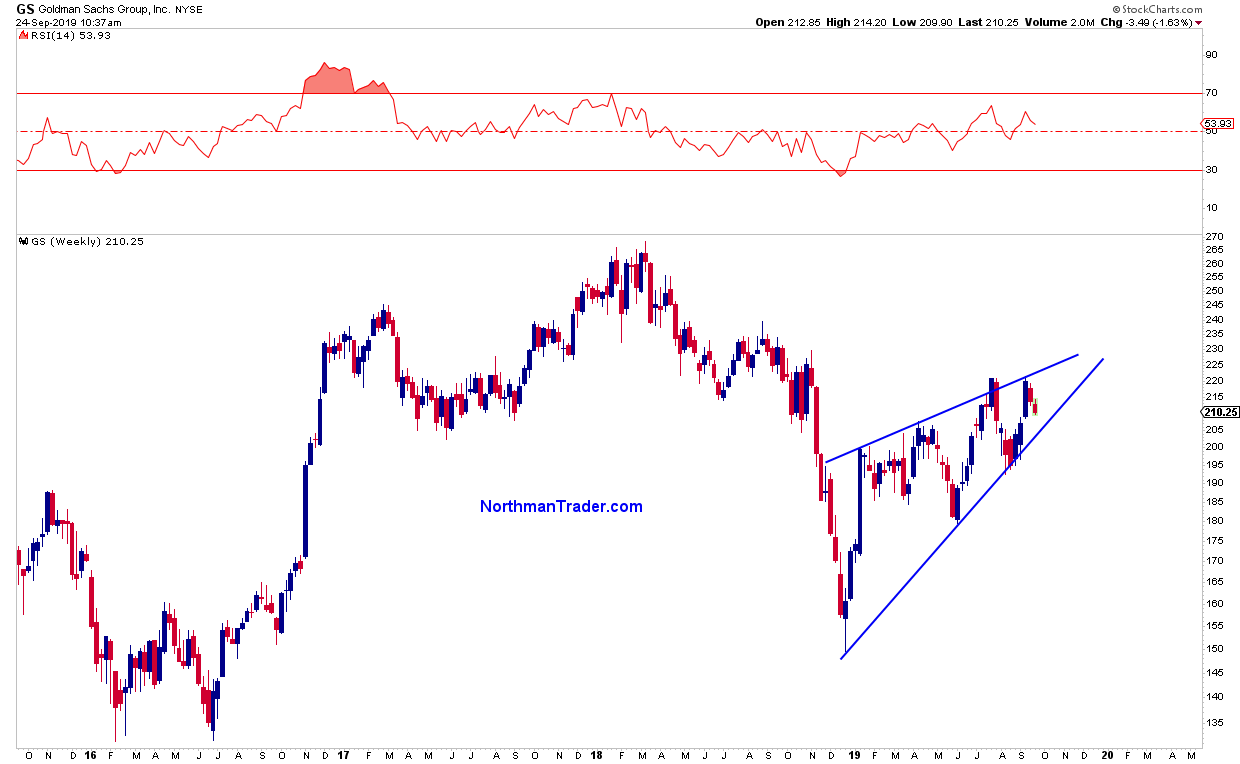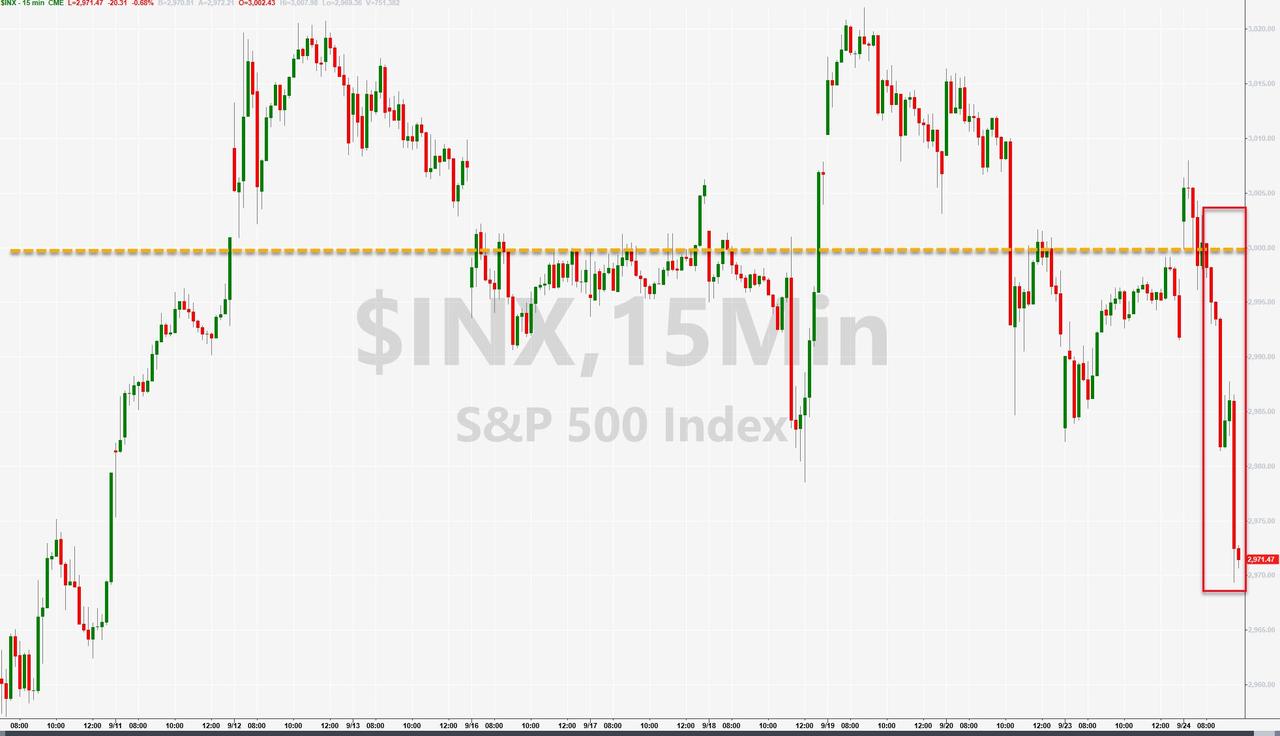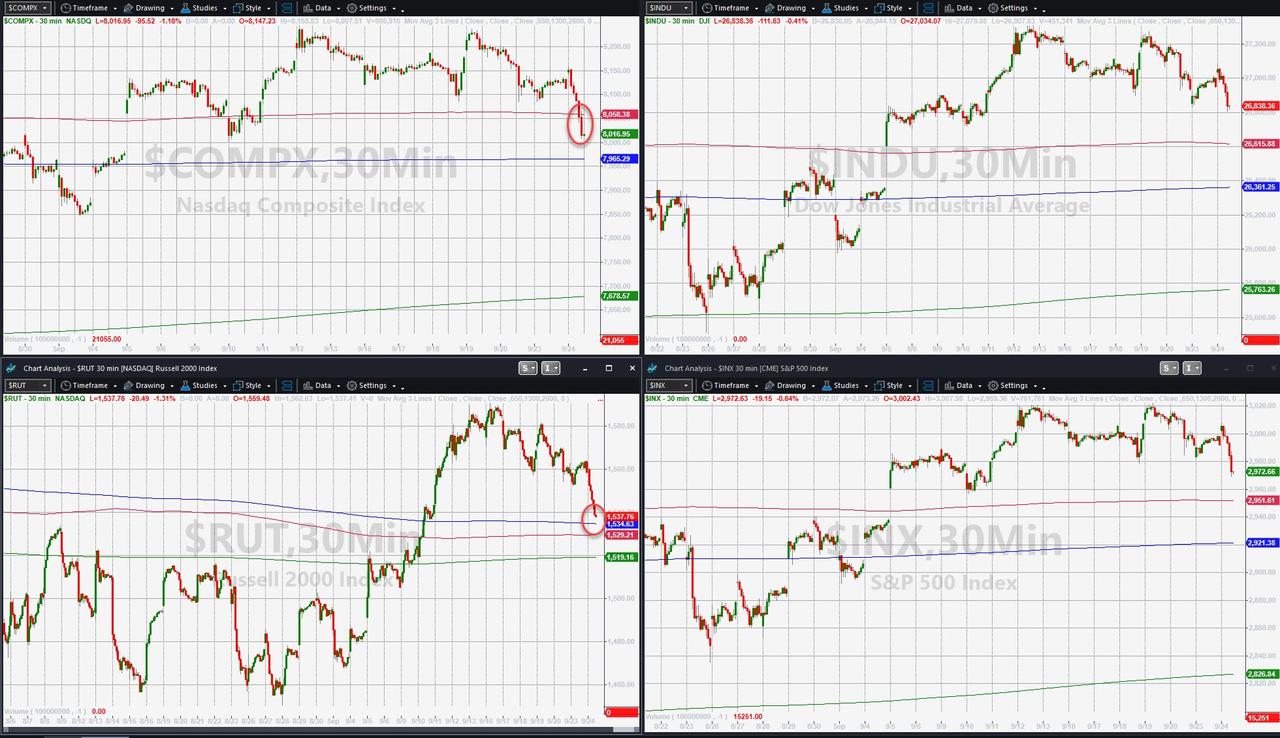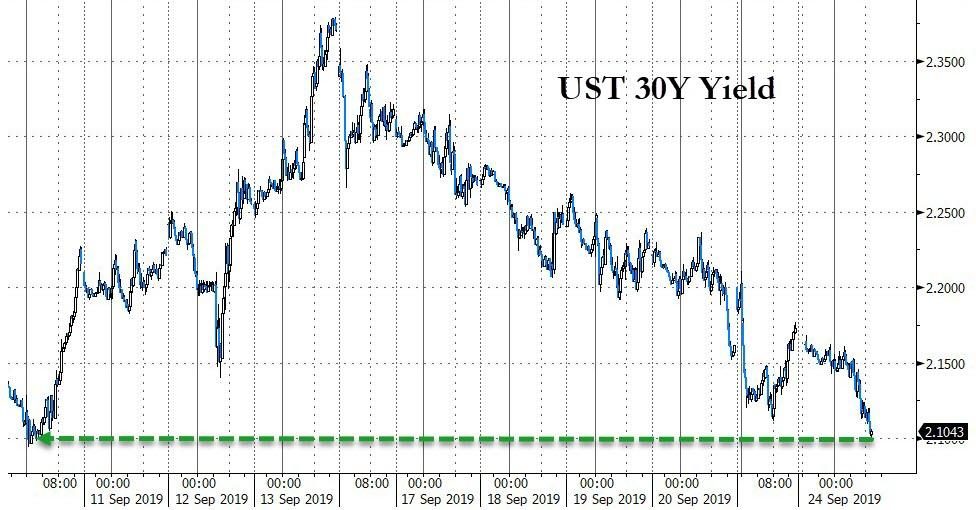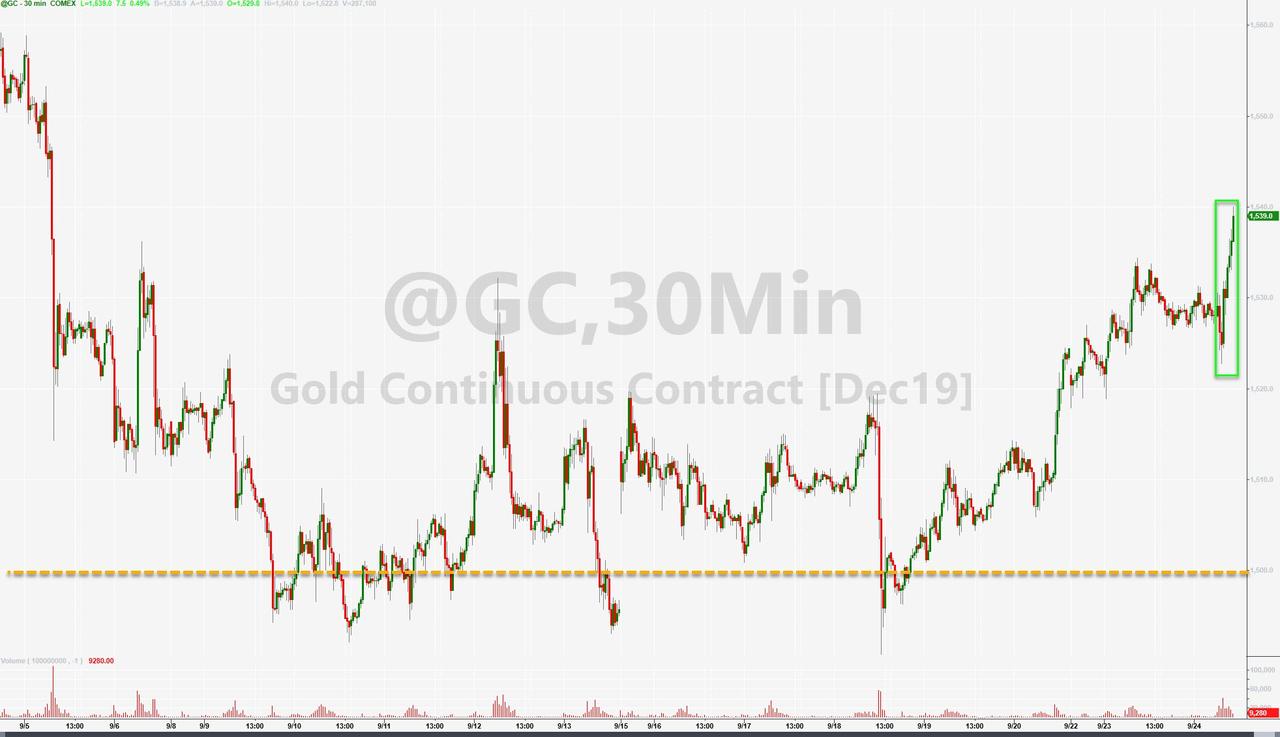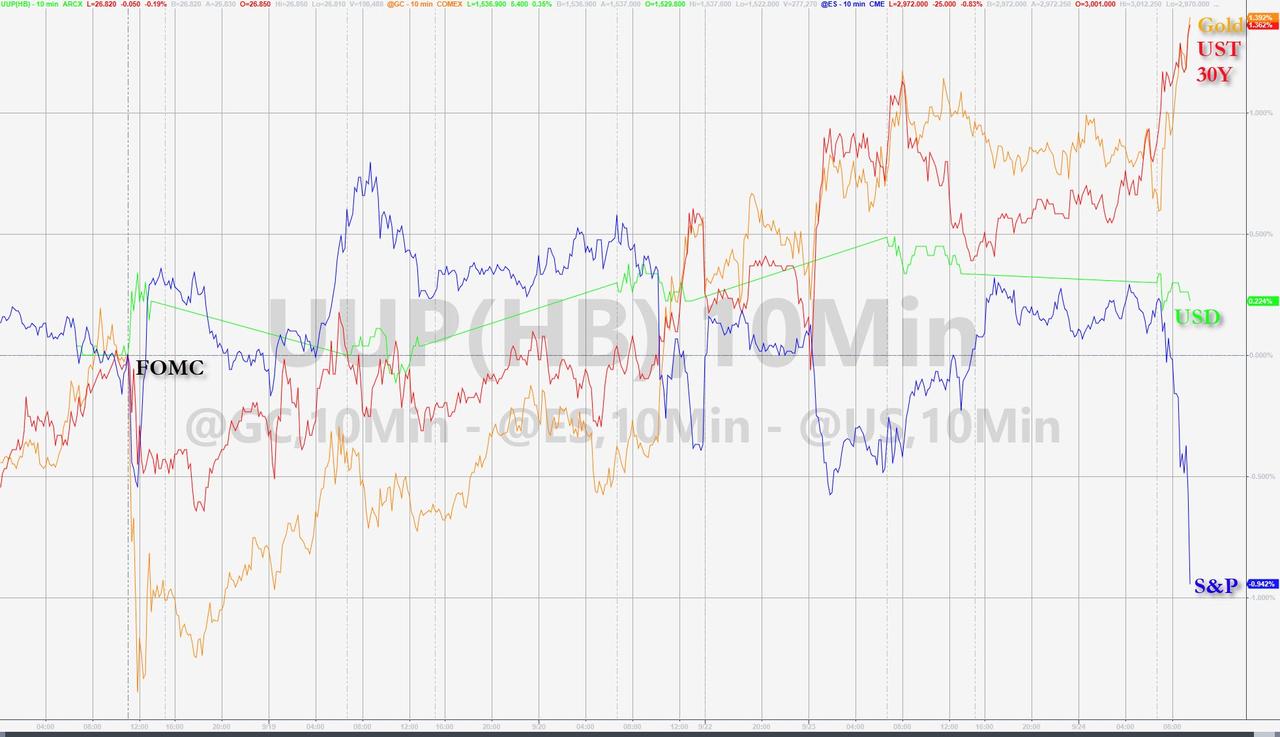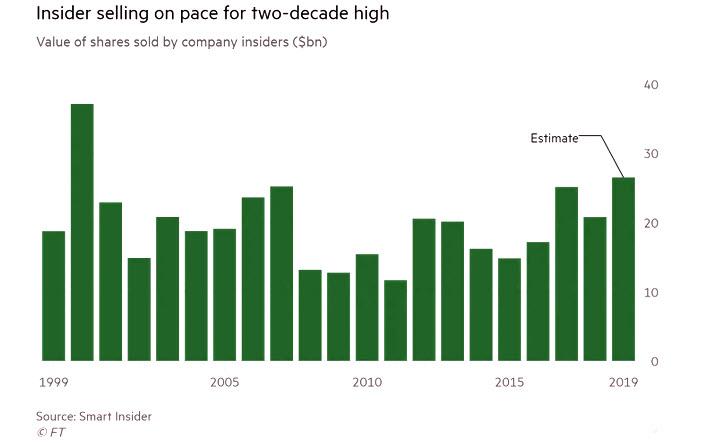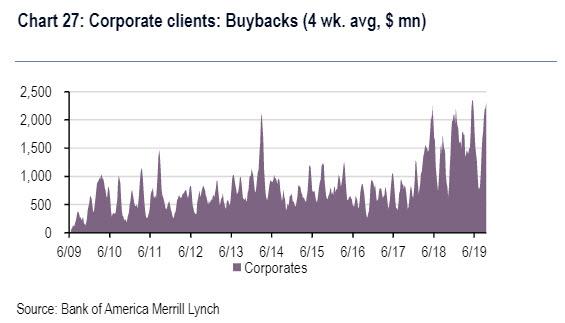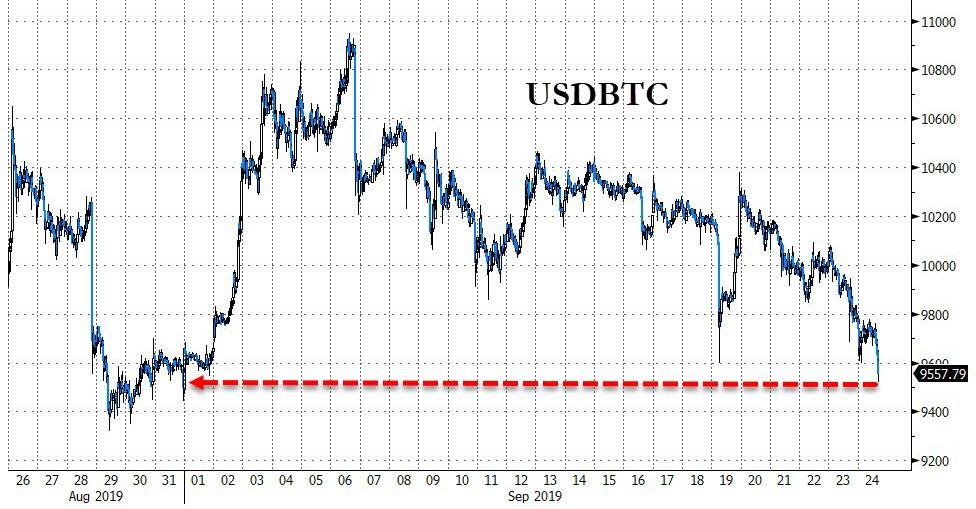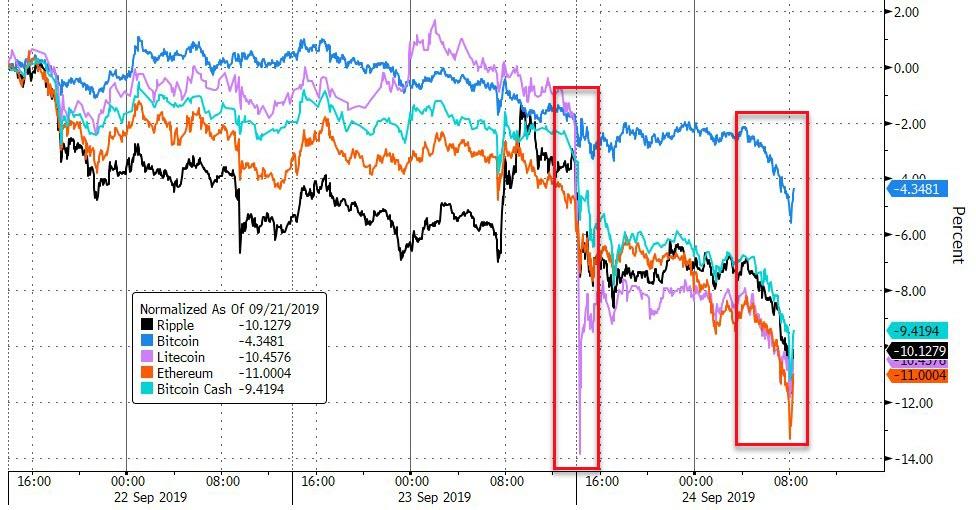How To Safely Navigate A Late-Stage Bull Market
Authored by Lance Roberts via RealInvestmentAdvice.com,
In this past weekends newsletter, I discussed the issues surrounding “dollar cost averaging” and “buy and hold” investing. That discussion always raises some debate because there is so much pablum printed in the mainstream media about it. As we discussed:
“Yes, a ‘buy and hold’ portfolio will grow in the financial markets over time, but it DOES NOT compound. Read this carefully: “Compound returns assume no principal loss, ever.”
To visualize the importance of this statement, look at the chart below of $100,000, adjusted for inflation, invested in 1990 versus a 6% annual compound rate of return. The shaded areas show whether the portfolio value exceeds the required rate of return to reach retirement goals.”
“If your financial plan required 6% “compounded” annually to meet your retirement goals; you didn’t make it.”
Does this mean you should NEVER engage in “buy and hold” or “dollar-cost averaging” with your portfolio?
No. It doesn’t.
However, as with all things in life, there is a time and place for application.
As shown above, when markets are rising, holding investments and adding to them is both appropriate and beneficial as the general trend of prices is rising.
There is a reason why not a single great trader in history has “buy and hold” as an investment rule. Also, when it comes to DCA, the rule is to never add to losers…ever.
17. Don’t average trading losses, meaning don’t put ‘good’ money after ‘bad.’ Adding to a losing position will lead to ruin. Ask the Nobel Laureates of Long-Term Capital Management.” – James P. Huprich
That reason is the permanent impairment of investment capital. By investing fresh capital, or holding current capital in risk assets, during a market decline, the ability of the capital to create future returns is destroyed.
“17. Don’t focus on making money; focus on protecting what you have.” – Paul Tudor Jones
Investing is about growing capital over time, not chasing markets.
This is also why all great traders in history follow the most simplistic of investing philosophies:
“Buy that which is cheap, sell that which is dear” – Ben Graham
It’s Getting Very Late
When trying to navigate markets, and manage your portfolio, you have to have a reasonable assumption of where you within the investment cycle. In other words, as Jim Rogers once quipped:
“It’s hard to buy low and sell high if you don’t know what’s low and what’s high.”
This is the problem that most individuals face during late-stage bull market advances. Following a “bear market,” most individuals have been flushed out of the markets, and conversations of “armchair investing methods” vanish from the financial media.
However, once the “bull market” has lasted long enough, it becomes believed that “this time is different.” It is then you see the return of concepts which are based on the assumption:
“If you can’t beat’em, join’em.”
That is where we are today and we have created a whole bunch of sayings to support the idea of why markets can’t fall:
-
BTFD – Buy The F***ing Dip
-
TINA – There Is No Alternative
-
The Central Bank Put
-
The Fed Put
-
The Trump Put
You get the idea.
However, there is little argument that valuations are expensive on a variety of measures, as noted by Jill Mislinksi just recently.
Importantly, markets are also grossly extended on a technical basis as well. The chart below shows the S&P 500 on a quarterly basis. Note that the index is pushing rather extreme levels of extension above its very long-term moving average, and is more overbought currently than ever before in history.
Note that a reversion to its long-term upward trend line would take the market back to 1500 which would wipe out all the gains from the 2007 peak. Such a correction would also set back portfolio returns to about 2% annualized (on a total return basis) from the turn of the century.
As a portfolio manager, however, I can’t sit in cash waiting for a “mean-reverting” event to occur. While we know with absolute certainty that such an event will occur, we don’t know the “when.” Our clients have a need to grow assets for retirement, therefore we must navigate markets for what “is” currently, as well as what “will be” in the future.
The question then becomes how to add equity exposure to portfolios particularly if one is in a large cash position currently.
How To Add Exposure In A Late Stage Bull Market
The answer is more in line with the age-old question:
“How do you pick up a porcupine? Carefully.”
Here are some guidelines to follow:
- Move slowly. There is no rush in adding equity exposure to your portfolio. Use pullbacks to previous support levels to make adjustments.
- If you are heavily UNDER-weight equities, DO NOT try and fully adjust your portfolio to your target allocation in one move. This could be disastrous if the market reverses sharply in the short term. Again, move slowly.
- Begin by selling laggards and losers. These positions are dragging on performance as the market rises and tend to lead when markets fall. Like “weeds choking a garden,” pull them.
- Add to sectors, or positions, that are performing with, or outperforming, the broader market. (We detail these every week at RIAPRO.)
- Move “stop-loss” levels up to current breakout levels for each position. Managing a portfolio without “stop-loss” levels is like driving with your eyes closed.
- While the technical trends are intact, risk considerably outweighs the reward. If you are not comfortable with potentially having to sell at a LOSS what you just bought, then wait for a larger correction to add exposure more safely. There is no harm in waiting for the “fat pitch” if the current market setup is not viable.
- There is nothing wrong with CASH. In investing, if you don’t know what to do for certain, do nothing. There is nothing wrong with holding extra cash until you see the “fat pitch.”
- If none of this makes any sense to you – please consider hiring someone to manage your portfolio for you. It will be worth the additional expense over the long term.
The current rally is built on a substantially weaker fundamental and economic backdrop. Therefore, it is extremely important to remember that whatever increase in equity risk you take, could very well be reversed in short order due to the following reasons:
- We are moving into the latter stages of the bull market.
- Economic data continues to remain weak
- Earnings are beating continually reduced estimates
- Volume is weak
- Longer-term technical underpinnings are weakening and extremely stretched.
- Complacency is extremely high
- Share buybacks are slowing
- The yield curve is flattening
It is worth remembering that markets have a very nasty habit of sucking individuals into them when prices become detached from fundamentals. Such is the case currently and has generally not had a positive outcome.
What you decide to do with this information is entirely up to you. As I stated, I do think there is enough of a bullish case being built to warrant taking some equity risk on a very short-term basis. We will see what happens over the next couple of weeks.
However, the longer-term dynamics are turning more bearish. When those negative price dynamics are combined with the fundamental and economic backdrop, the “risk” of having excessive exposure to the markets greatly outweighs the potential “reward. “
While it is certainly advisable to be more “bullish” currently, like picking up a “porcupine,” do so carefully.
Tyler Durden
Tue, 09/24/2019 – 13:45
via ZeroHedge News https://ift.tt/2mVCZDE Tyler Durden
